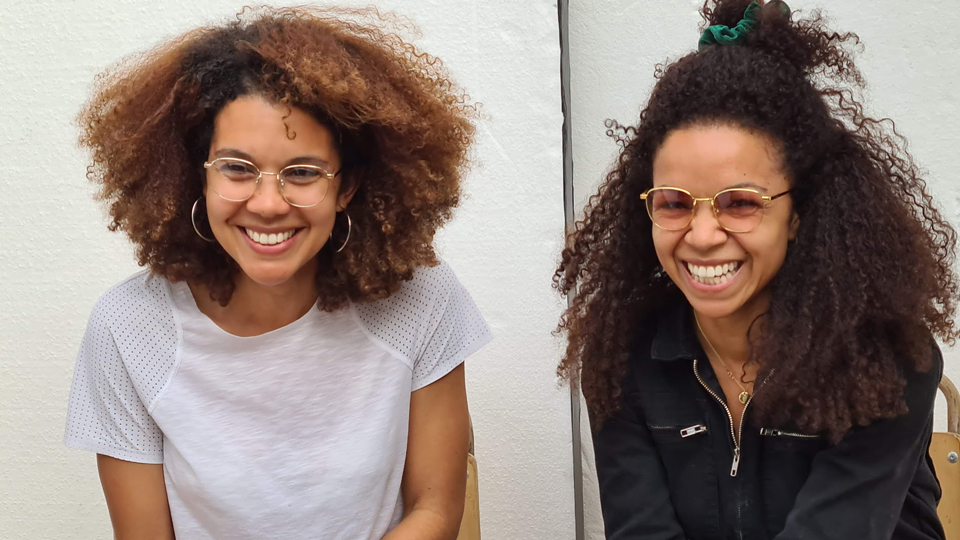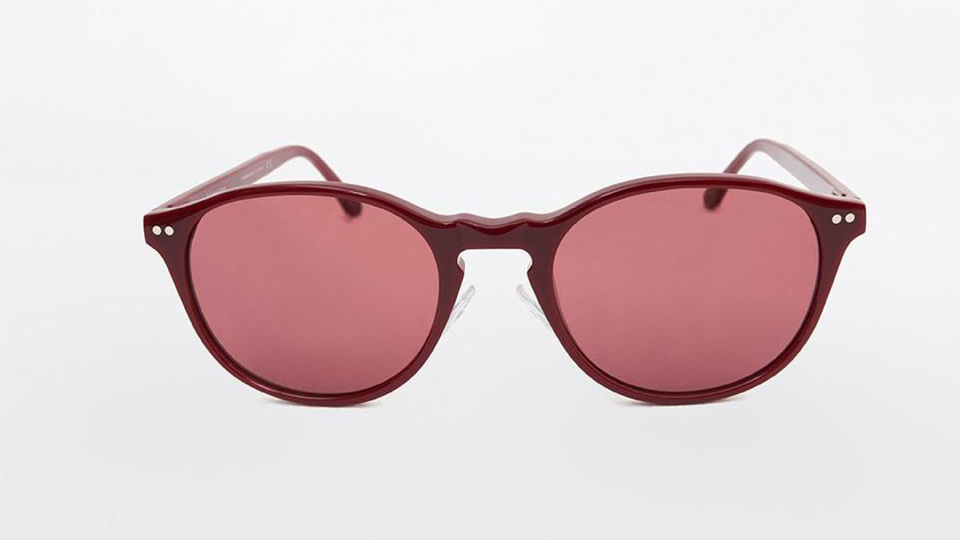- OT
- Industry
- Eyewear and lenses
- Providing choice, style, and fit
Behind the brand
Providing choice, style, and fit
Clare Kimeze, co-founder of Kimeze, and Rakhi Popat, head of product, tell OT about the journey to launch an eyewear brand designed to meet the needs of an under-represented group of patients

11 January 2022
How did the idea for the Kimeze brand come about?
Three facts about Kimeze
- Kimeze is a London-based unisex eyewear brand established in 2021, inspired by African vintage styling and the Ugandan heritage of the founders
- The brand’s purpose is to “create choice” through delivering a considered and fashion-forward collection of handcrafted sunglasses and optical frames. The founders told OT: “We believe everyone deserves to have choice in their eyewear purchase”
- Kimeze eyewear is Made in Italy utilising a combination of “time-honoured and cutting-edge” production techniques.
I thought that maybe there was something in this. My sister and I started going to trade fairs. We spoke to manufacturers, opticians, and a wide range of people within the industry and discovered that there isn’t a fit for lower, wider bridges. There is a fit for East Asian facial features, which is generally quite a flat or narrow bridge, and most glasses are made for Caucasian features, where people’s bridges tend to start much higher and are narrower. No one had really considered a range of models for black faces.
How did the idea evolve to become the brand? What is your focus?
CK: We began working on it and decided we wanted to make a really high-quality product in Italy. We went to Veneto to find our manufacturer and everyone we spoke to felt that this was a massive market that wasn’t being catered to. Our manufacturer told us: ‘this isn’t just a first for Italy, but a first for the world.’
What we needed was a combination of that recognition that this is a big, uncatered market, which is attractive for manufacturing, but also the will to do it. Having the consideration towards creating a really beautiful product but with subtle changes that mean the things that you can’t necessarily see from the outside – nose pads, the pantoscopic angle – all sit in the right place.
It is not just a question of making the bridge wider. We have gone through a process of considering all the small things needed for these frames. The drive to do that is because we want to make a really amazing product for our target customer – and we are the target customer. It is also not just the black community who has a lower, wider bridge, there are a broad range of non-white people who have that facial structure.
We couldn’t really understand why this wasn’t being addressed. Some of the responses we’ve had from the industry have been: ‘Oh thank heavens someone is doing this.’ It’s been a bit shocking that someone has not considered a consumer group this big.

CK: It started out being about fit, but actually it is just about a really beautiful pair of glasses that are considered and happen to fit. We are considering things like, if I have a wider nose at the bottom, that needs to be taken into account when designing an oversized frame. Or finding nudes for our skin colour. Our focus is making really beautiful fashion-forwards sunglasses or glasses that are on-trend and fit really well.
Head of product for Kimeze, Rakhi Popat (RP): It is strange that other companies haven’t taken the time to consider and cater for the demand of a huge market of people who have accepted that what they are being offered is the best they are going to get. It shouldn’t be that way. That’s what the brand is about, providing that choice.
Could you tell us what went into building the brand?
CK: A lot of research and working with highly skilled partners who have a wealth of experience in optical design and manufacture. We have also spent quite a lot of money developing a range of different fits with experts. Then we developed the product with a very established factory in Veneto, one of the best for making glasses.
We’ve partnered with some really good people, partly on the strength of what we are doing. We started talking to photographer Ekua King, and stylist Candice Bailey, who have worked on our editorials, right at the beginning of our journey. They are also two black women and they seem to really understand the significance of doing this too.
What is next for Kimeze?
CK: As a starting point, we would like to tell people what we are doing and get the word out there. As customers, most of us outsource the decision and trust that if we go into an optician, they will have considered a range that is going to be right for us. We think most people haven’t realised that this is perhaps not what is being done for them if they are a customer who, like many black or brown customers, has a low wide bridge.
We’ve been looking for select stockists who have to agree this is important. We want the patient to feel considered, important, and that they can buy something that they really love. Some of the people we have approached didn’t see why they should have a different fit for their black and Asian customers. But others have been massively supportive.
We’ve decided to target a few select stockists in big urban conurbations so we’re talking to someone in New York, Toronto, and then we’re looking for a few more in London.

What is the latest collection that you have released and why does it stand out from the crowd?
CK: We’re using amazing materials like M49 sustainable Mazzuchelli acetate, and everything is five-days tumbled. The frames are a luxury product in terms of how they are crafted.
Our frames include the statement transitional pieces ‘Damba rhinestone’ and ‘Diop ruby red’ [pictured] which are available with acetate and carefully designed adjustable nose pads.
RP: Our colour palettes are also unique. It is about having the right tones – from the chocolate colourways, to rubies or burgundies. Having a palette that is transitional, fitting to the trends but also designed for a customer that may not always find the right tone. There is something for everyone.
Has COVID-19 had an impact on the business?
CK: Supply chains were affected so everything has been taking longer. Using this time, we have done quite a bit of development for the next season already. We are being mindful to ensure we are ahead for the next collection, so that we can deliver on time. We will be at the optical fairs in 2022 and so we want to have that new range of products there.
Lead image: Photographer Ekua King, styling from Candice Bailey
Advertisement


Comments (0)
You must be logged in to join the discussion. Log in